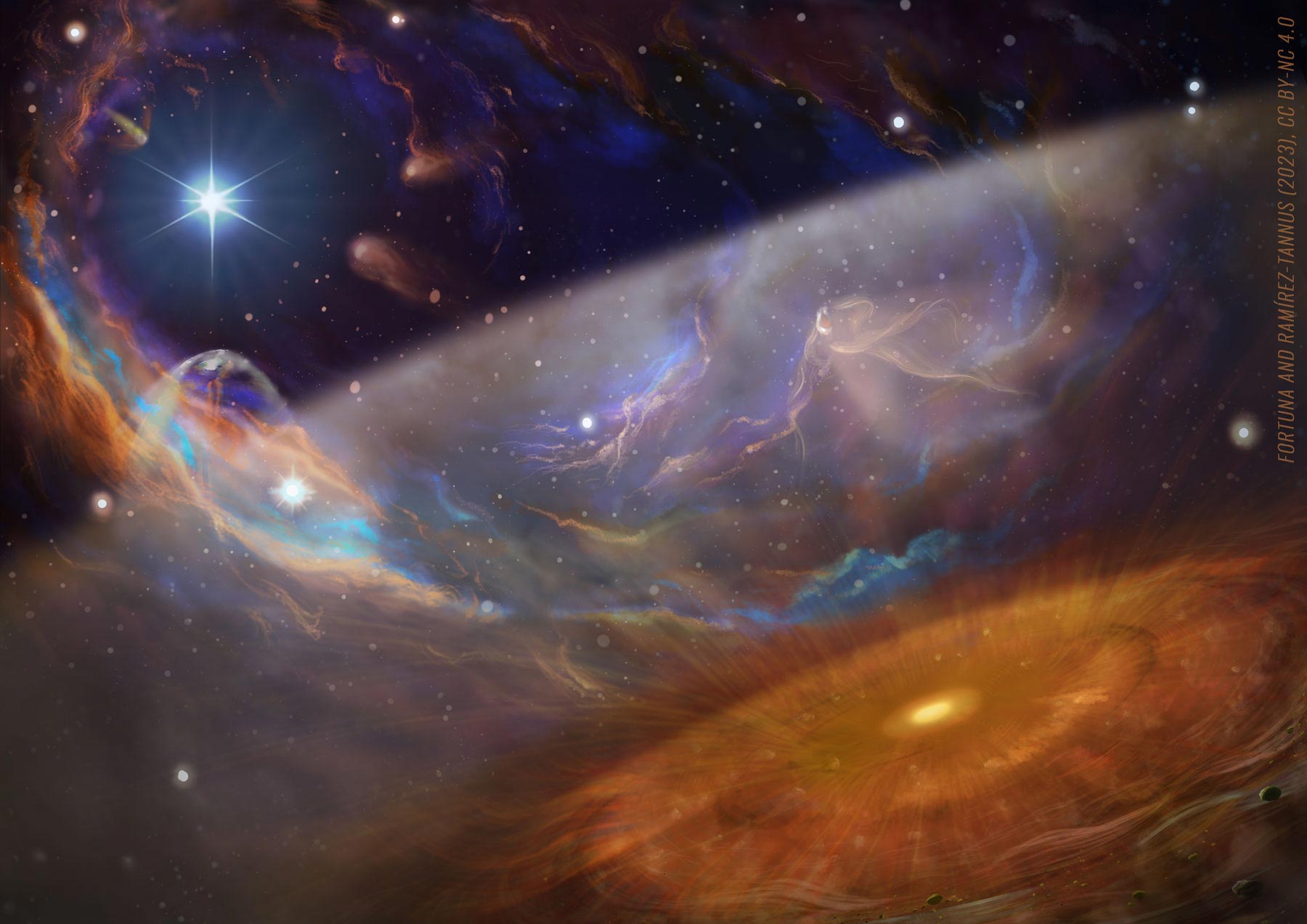NASA’s James Webb Space Telescope continues to push the boundaries of space discovery. Penn State astronomers have recently used its advanced imaging capabilities to study a distant protoplanetary disk—the birthplace of future planets—located within a region bombarded by intense ultraviolet (UV) radiation. These findings are shedding light on how planetary systems can form, even under extreme and seemingly hostile conditions.

Survival of Planetary Building Blocks
Scientists have long wondered if the basic ingredients needed to build planets could withstand such harsh environments. The latest James Webb data, combined with sophisticated theoretical models, reveal that planet-forming material can survive even in regions flooded with powerful UV radiation. This discovery not only challenges previous assumptions but also expands our understanding of where—and how—planets might form across the universe.
Implications for Exoplanet Discovery
The intense radiation in these nebulae was thought to destroy or strip away protoplanetary disks before they could evolve into full planetary systems. However, these new observations suggest that resilient disks persist and thrive, opening the door to finding planets in places once considered impossible. The research underscores the James Webb Telescope’s role in revolutionizing our view of the cosmos and the potential for life-bearing worlds in unexpected corners of the galaxy.
Sources:
SciTechDaily: James Webb Spots Birthplace of Planets in Extreme Ultraviolet Conditions